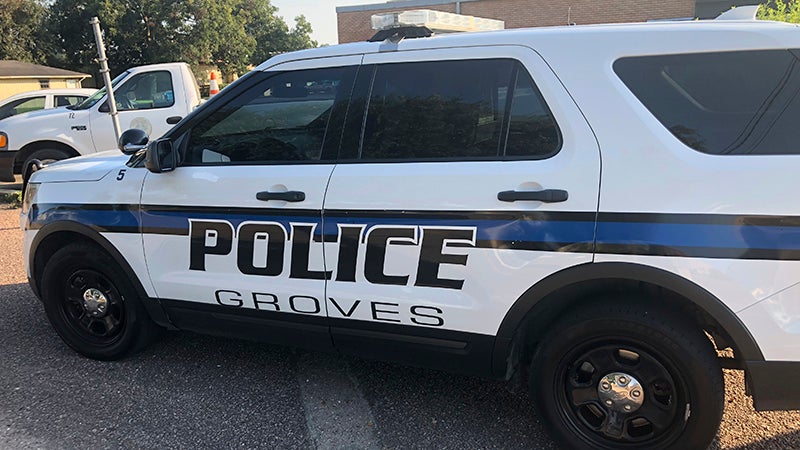‘Get to yes’: Bush, GLO still seek federal aid applicants
Published 10:11 am Tuesday, January 29, 2019
Eight weeks into its operation, a “one-stop shop” in Port Arthur for homeowners seeking federal aid related to Hurricane and Tropical Storm Harvey continues to see steady traffic, with no plans for closing.
Brittany Eck, a spokeswoman for Texas General Land Office, which is a conduit for federal aid to the state, said more than 2,000 regional homeowners have applied for help program wide in the Central/Golden Crescent Region, Coastal Bend Region, Deep Texas Region, HGAC-East/Gulf Coast Region and Southeast Texas Region — which includes Jefferson, Hardin and Orange counties.
Eck said Land Commissioner George P. Bush, the state’s point man for the program, is urging people with storm-related damages to apply for federal help. In Southeast Texas, there is some $205 million allocated for assistance to homeowners.
“We have great response in Southeast Texas, not as much elsewhere,” Eck said last week. “The offices will remain open as long as the application process is open. We want to get as many applications as possible. We have the money, available to use right now.”
In fact, Eck said, the first couple of houses in the program are under construction right now, farther south along the coast.
Eck said according to the latest available figures, the downtown Port Arthur office, located in the 501 Building, is seeing about 30 applicants a day. That office was opened with help from the Port Arthur City Council, which funded a “one-stop shop” where affected homeowners could get counseling in making their applications for federal housing aid.
Applicants from Southeast Texas represent about 44 percent of all applicants from outside the Harris County and Houston regions. Applications have been made from these counties: Jefferson, 706; Orange, 224; Hardin, 60; Liberty, 1.
Eck said the first-come, first-serve portion of the process is tempered by some mitigating factors. These include whether applicants can prove ownership of their houses, if applications meet the federal requirement for need and environmental reviews for the property.
For example, some homes may not be rebuilt in flood-prone areas, although federal money may help such homeowners secure housing elsewhere. Some homeowners have applied but haven’t turned in their completed paperwork.
Also of note, Eck said: The program is intended to help people meet housing needs, and not necessarily replace their property as it was pre-flood. For example, if a family consisting of a couple and no children lived in a five-bedroom home before the flood, the government might help them secure or rebuild a smaller home that fits their need. There’s been some pushback to that from homeowners who believe their homes should be restored or replaced to pre-storm status.
“The program is intended to house people, not build empty rooms,” Eck said.
Nonetheless, Bush and GLO are urging residents who might have a need to apply. She said some homeowners, weary after rebuilding more than once because of storms, may be showing “application fatigue.” She said others hold doubts on whether they qualify for assistance.
She said construction may be the fastest part of the process, once approval for aid is granted.
She said Bush assures applicants the state will try to help every eligible homeowner it can — but they must apply. She said his repeated plea has been: “Let us help you to get to yes.”





